Home in the WildernessLocated on the south shore of Upper Twin Lake, the remote Alaskan wilderness where the Richard Proenneke Cabin is situated provides prepared travelers opportunities to discover firsthand why countless individuals have connected to this place. This page provides the information you need to plan your trip. 
NPS Photo / Kent Miller 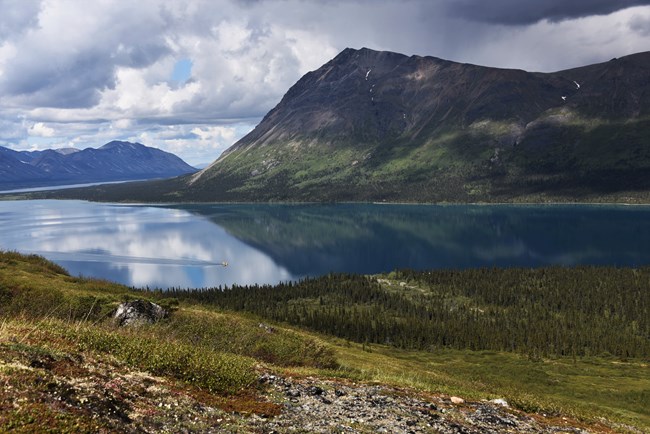
NPS/K. Lewandowski Getting to Upper Twin Flying to the Proenneke Cabin Air taxi prices depend on group size, type of airplane, length of flight, and where the flight originates. Contact each air taxi operator directly to determine availability and the cost for your trip. 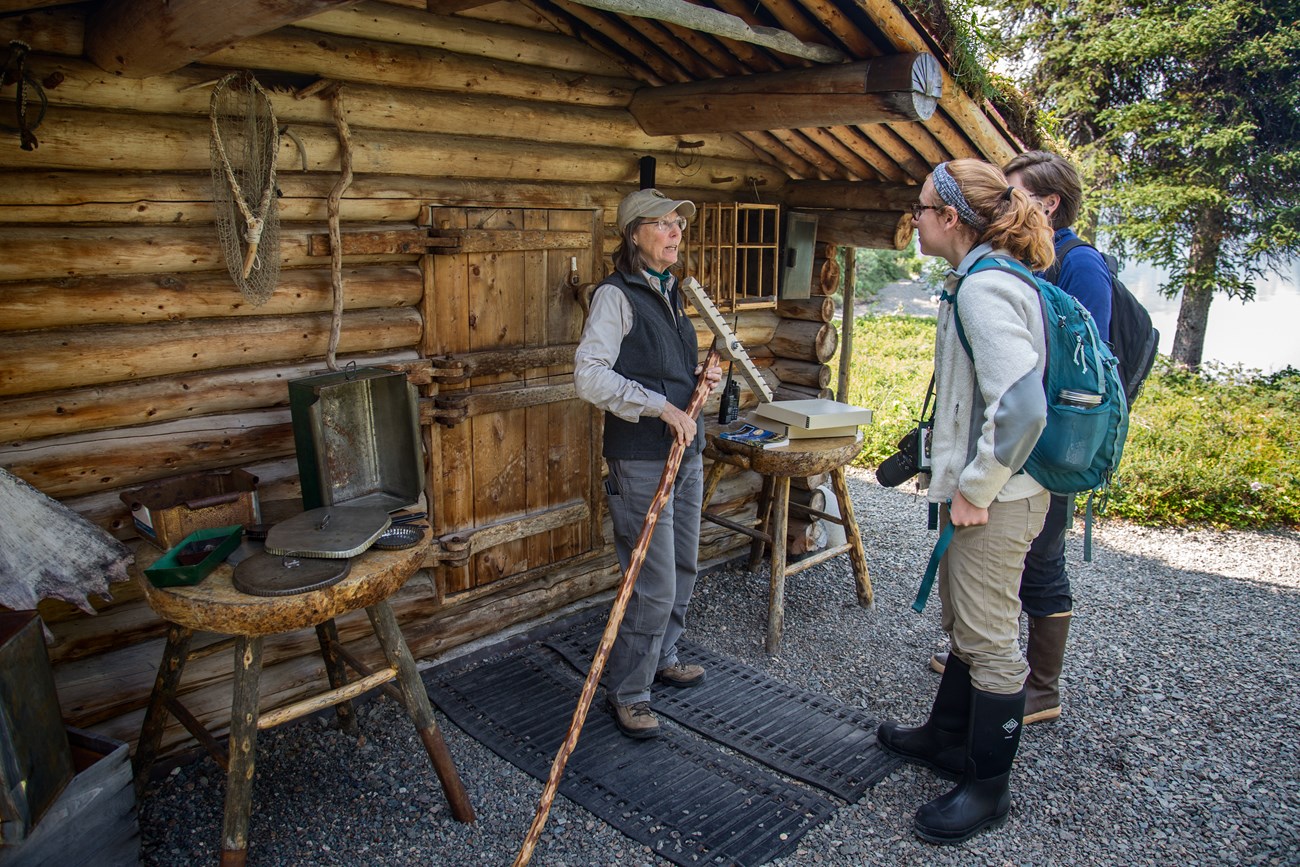
NPS/T. Vaughn Proenneke Cabin Hours, Seasons and Considerations Late September through late May
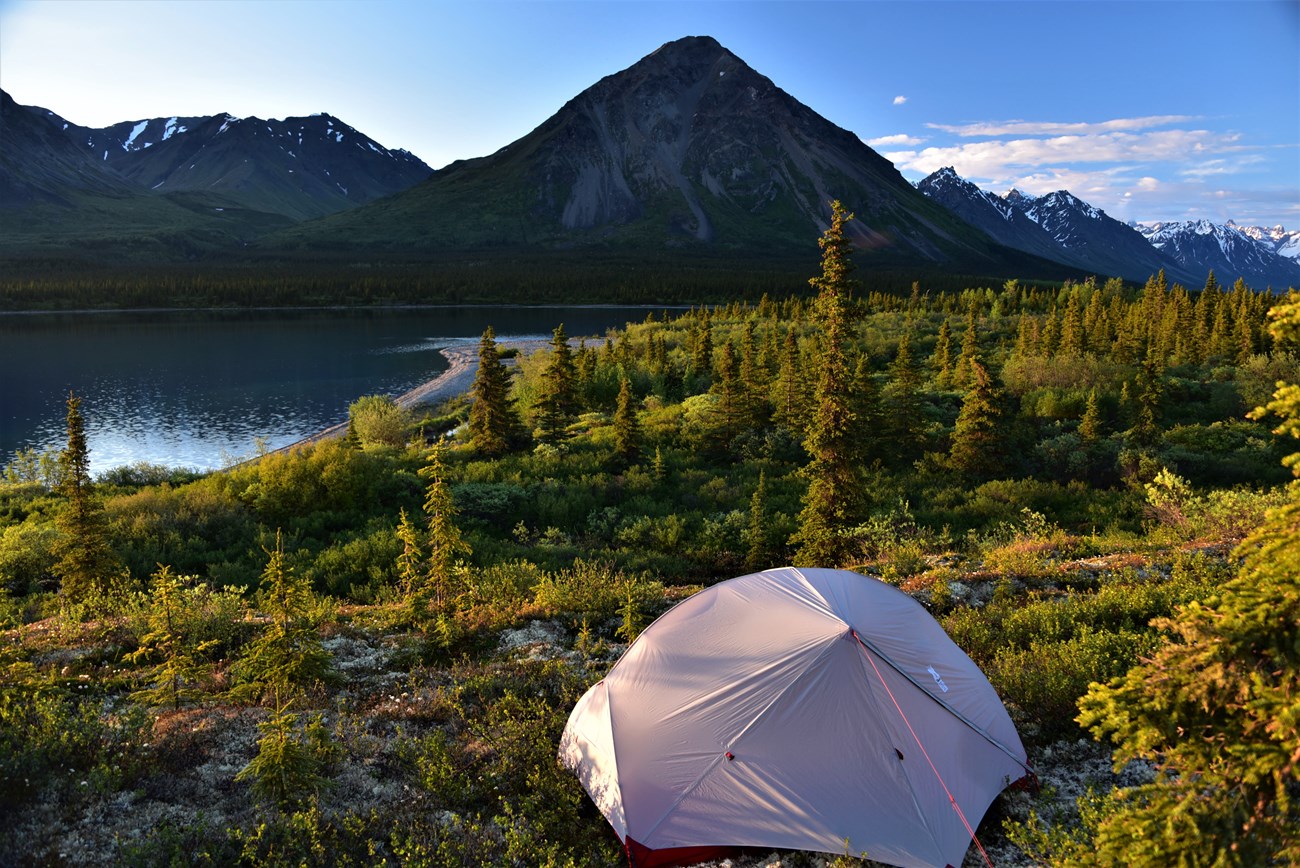
NPS/K. Lewandowski Camping and BackpackingThe Twin Lakes area is one of the busiest camping and backpacking areas in the park. For this reason, each year between April 15 and September 30 camping within two miles of Twin Lakes is limited to a total of 21 days.
Alaska's DifferentBackpacking in AlaskaLodging and Guided Camping Trips Windsong Wilderness Retreat rents a private cabin on the opposite shore of Upper Twin Lake. Several licensed commercial outfitters rent backpacking, kayaking, and other outdoor equipment and/or specialize in guiding day-long and overnight trips to the Twin Lakes area. Click the link above to see a list of all the companies that are permitted to operate in the park. Contact each company directly to determine the cost for your trip. 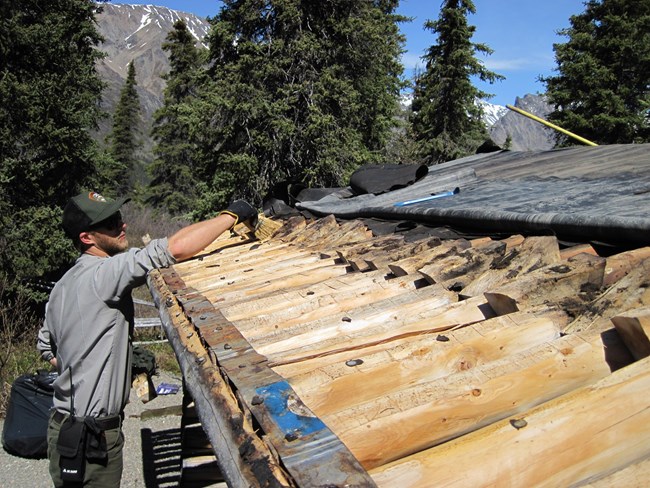
NPS/L. Rupp Protecting a Treasure Help us protect Dick Proenneke's cabin so that generations of visitors will be able to experience what it has to offer. Leave everything you find behind. Removal of artifacts from public land is prohibited by law.Please stay on the trails. The tundra is fragile. Even Dick Proenneke admonished his guests to stay on his trails to protect the vegetation. Be gentle with the door. The handcrafted door mechanisms are fragile and have been repaired. Camp at the Hope Creek campsite or on other durable surfaces in the Twin Lakes area so that others may also enjoy the cabin and area. Build fires in the fire ring at the Hope Creek campsite or use personal camp cook stove outside. Fires are not allowed in the stove, fireplace, or any other location within cabin or other historic structures. Eat and prepare food outside. In order to maintain the integrity of the historical items in the cabin and other structures, we ask that you please cook and eat outside. Many visitors enjoy the view from the beach in front of Proenneke's cabin during their lunch break. Report any damage or suspected violation to the National Park Service at (907) 781-2218. Damage to the site including the structures, furnishings, and fixtures is prohibited by law (36CFR2.1).Thank you for your assistance! 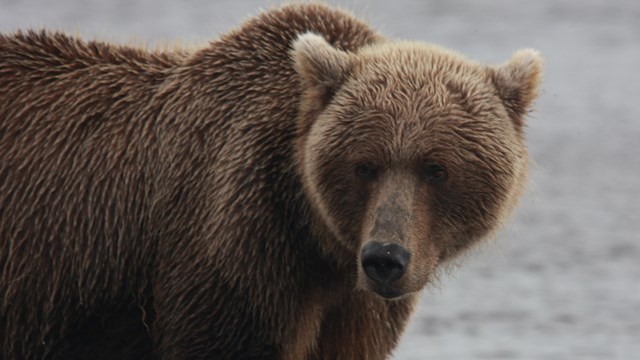
Staying Safe in Bear Country
You may encounter either brown or black bears during your trip to Twin Lakes. Learn how to stay safe. 
Fishing in Bear Country
Become familiar with the responsibilities that come with fishing in bear country prior to your trip to Twin Lakes. 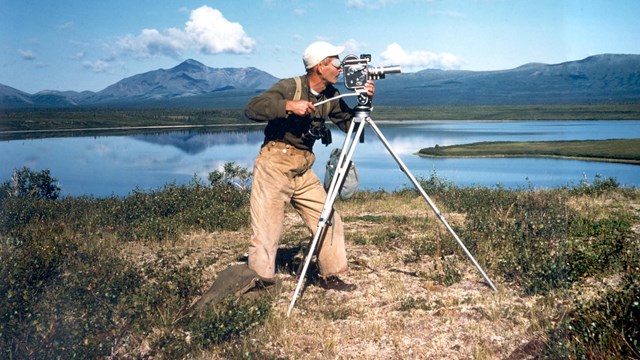
Proenneke: the Man, the Myth, the Legend
The source of Sam Keith's book "One Man's Wilderness: An Alaskan Odyssey," Proenneke embodies humanity's fascination with wilderness. 
Proenneke's Cabin
Explore details of how Proenneke built his cabin. 
Proenneke's Wilderness Ethos
From hunter to conservationist - explore the evolution of Richard L. Proenneke's wilderness ethos. 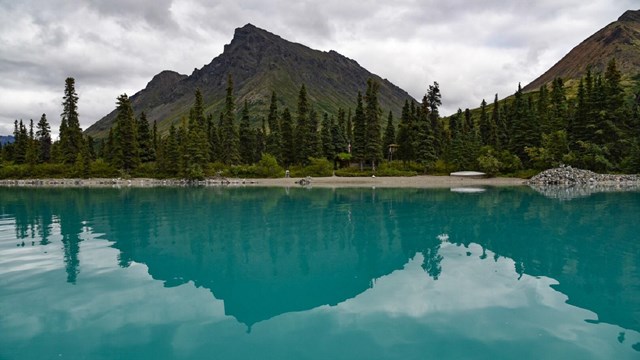
Richard Proenneke Journal Collections
Proenneke was a tireless writer, documenting his observations in a series of journals that span nearly 30 years. 
Photo Gallery: Proenneke Collection
Explore a few of Richard Proenneke's belongings now in the park's museum collections. 
Explore Lake Clark's Museum Collection
View Lake Clark's entire online museum collections which includes some of Richard Proenneke's belongings. |
Last updated: September 20, 2022
